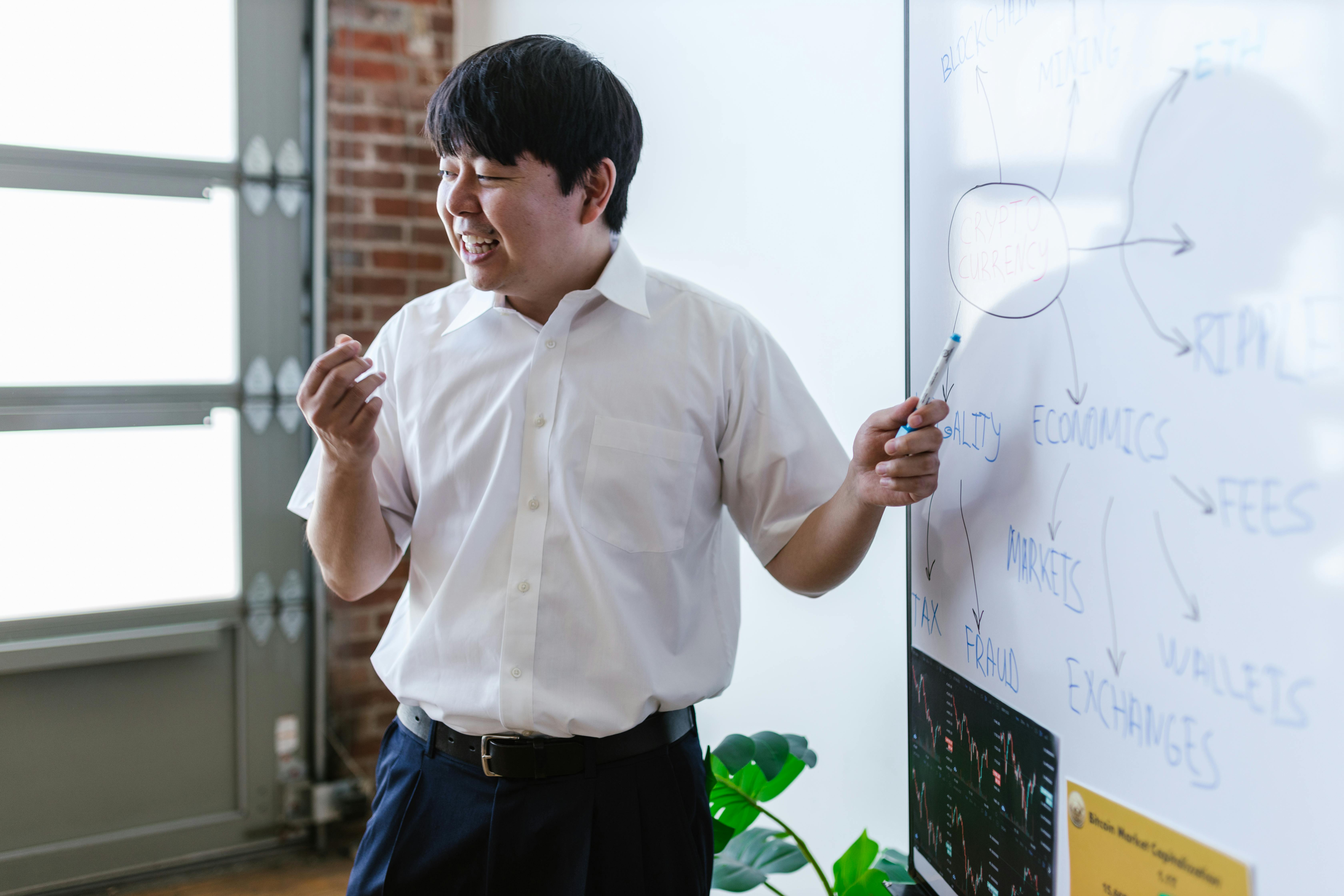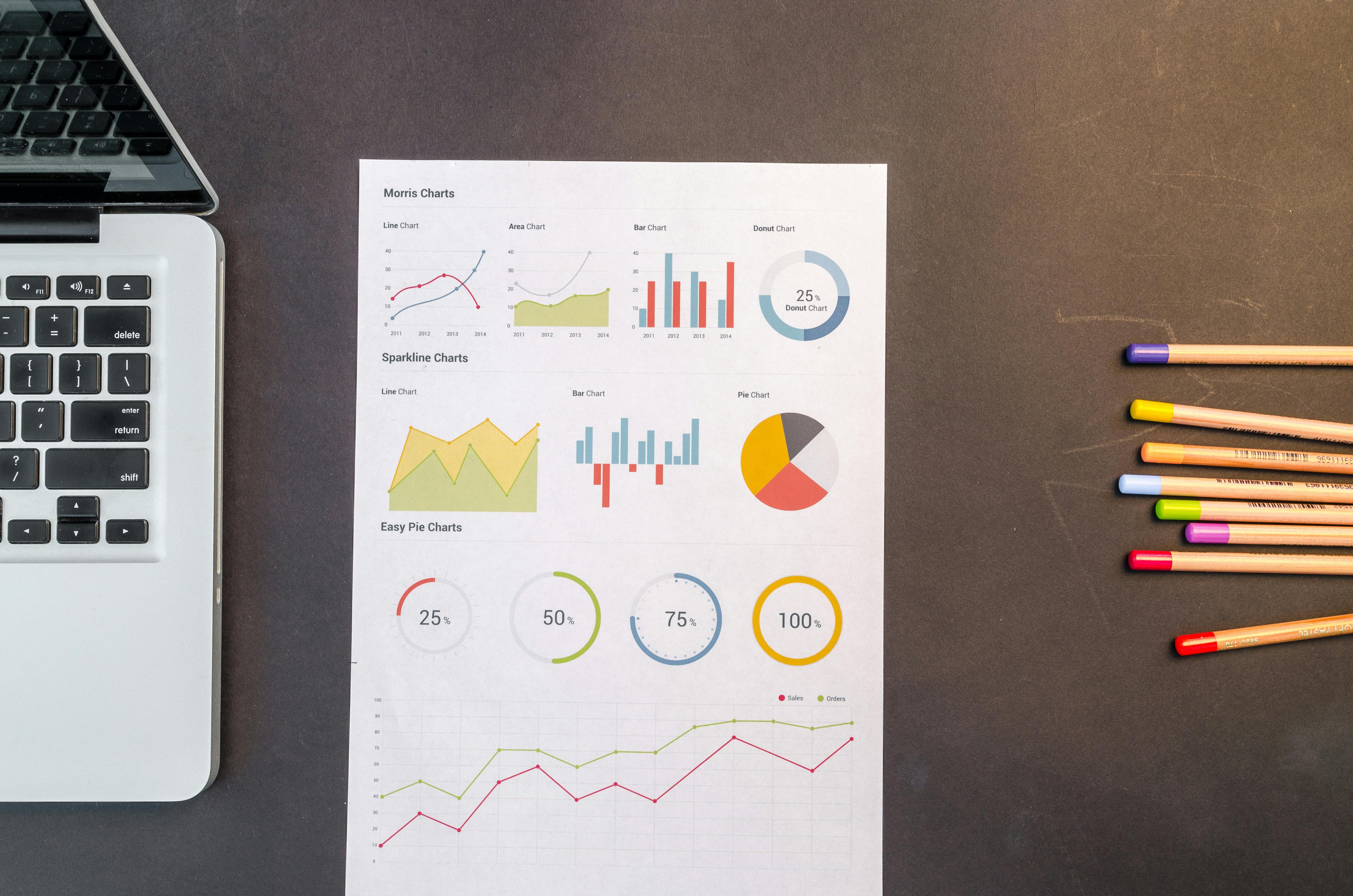AI Retirement Planning in 2025: How Technology Secures Your Financial Future
Retirement planning in 2025 is no longer a game of guesswork or outdated calculators. Artificial intelligence (AI) has transformed how Americans approach financial freedom, combining predictive analytics, real-time data, and automation to build smarter, more stable pension strategies. This revolution isn’t just for the wealthy — AI tools are democratizing retirement security for everyone, from freelancers to corporate professionals.

The Shift from Traditional Retirement Planning to AI Intelligence
In previous decades, retirement advice relied heavily on human financial advisors, manual spreadsheets, and broad investment averages. But those methods often ignored key personal factors — spending habits, life expectancy, inflation risks, and unexpected expenses. In contrast, AI-driven planning models adjust dynamically. They learn from your real-time financial behavior and adapt instantly when the economy shifts.
According to Fidelity Investments, more than 60% of retirement portfolios in 2025 now use some form of AI automation. Machine learning algorithms assess volatility, diversification, and future cash flow to maintain balance even during economic downturns. Essentially, AI acts as your financial autopilot — predicting potential downturns before they happen.

Why 2025 Is the Perfect Time to Rethink Your Pension Strategy
Three major trends have converged to make 2025 a turning point for retirement planning:
- 1. AI Accessibility: FinTech platforms now offer advanced AI tools at minimal cost, removing the need for expensive advisors.
- 2. Data Abundance: Global financial data streams allow real-time forecasting for personal portfolios.
- 3. Economic Volatility: Post-pandemic inflation and shifting job markets have increased demand for automated risk management.
These innovations mean that even if you’re starting late, technology can help you catch up. AI systems can analyze your entire financial history in seconds and generate a custom strategy designed to reach your target retirement age — whether that’s 55, 60, or later.
In short, the retirement landscape has changed. It’s no longer about “saving what’s left” — it’s about predicting what’s coming and preparing intelligently.
How AI Analyzes Data to Build Smarter Portfolios
AI-powered retirement platforms like Betterment, Wealthfront, and Vanguard’s robo-advisors now operate with sophisticated predictive engines. These tools analyze millions of data points daily — interest rate movements, market volatility, and even consumer sentiment — to suggest investment allocations that minimize risk and maximize long-term gains.
What makes AI so powerful is its ability to customize. Instead of relying on “average” investor models, it considers your lifestyle, income level, and retirement aspirations. For example, if AI detects that you’re spending less on entertainment and more on healthcare, it may automatically adjust your portfolio toward healthcare sector ETFs or lower-risk bonds.

Predictive Modeling: Your Personal Financial Crystal Ball
Through machine learning and regression models, AI predicts potential market downturns before human analysts can spot them. It uses macroeconomic indicators like interest rate hikes, inflation indexes, and employment data to rebalance your portfolio automatically — all while keeping your tax burden optimized.
In 2025, more investors are adopting AI-based rebalancing systems that prevent overexposure to volatile sectors. The result: higher stability, fewer emotional decisions, and improved returns over time. According to a 2025 Bloomberg survey, AI-managed portfolios outperform human-managed portfolios by an average of 12.7% annually.
Case Study: How AI Saved One Family’s Retirement Plan
Meet Sarah and John, a couple in their late 40s from Denver. After losing nearly 25% of their retirement savings during the 2022 market turbulence, they turned to an AI-driven investment app. Within two years, their portfolio recovered and grew by 40%, largely because the system automatically diversified into sustainable ETFs and real estate funds before inflation spikes hit.
This case highlights the practical edge AI offers — not just speed or automation, but precise, evidence-based decision-making that human intuition can’t match.
AI retirement planning is becoming not just a luxury but a necessity. As we continue through this series, we’ll explore how automation integrates with tax optimization, pension management, and real-world financial security in the next sections.
The Role of AI in Pension Systems and Predictive Longevity Modeling
For decades, pension systems operated on fixed assumptions — static contributions, predefined withdrawal ages, and life expectancy models based on population averages. But in 2025, artificial intelligence is dismantling those rigid structures. Through predictive longevity modeling, AI can estimate how long you are likely to live based on thousands of variables — health metrics, geography, genetics, and even sleep quality.

This level of personalization means retirement planning can finally be realistic. Instead of assuming a generic “life after 65,” algorithms project customized timelines. Someone who lives an active lifestyle in Austin may have a projected lifespan of 92, while a sedentary counterpart in Chicago may average 83. These differences drastically alter how pensions are distributed over time.
Governments are also embracing this data revolution. The U.S. Social Security Administration, for example, has begun integrating AI systems that analyze demographic shifts, allowing for more adaptive pension frameworks. The European Union is following suit, using AI simulations to test pension sustainability under various economic scenarios — from inflation surges to job automation crises.
Beyond longevity, AI is reshaping how contributions are collected and invested. Pension management platforms can now predict the best allocation mix between equities, bonds, and digital assets like tokenized funds. They evaluate volatility tolerance for each user and adjust exposure accordingly — optimizing the balance between long-term growth and short-term liquidity.
One of the most fascinating breakthroughs is AI-assisted annuity management. Instead of locking funds into inflexible annuities, retirees can now use dynamic, AI-monitored annuities that shift payouts based on health updates or inflation rates. These smart contracts — powered by blockchain — guarantee transparency and eliminate human error in payment processing.
The result is a new standard of precision: personalized, responsive, and entirely data-driven pension management that ensures no one outlives their savings.
Case Study: The "SilverTech Pension Platform"
Consider the example of SilverTech, a U.S.-based startup specializing in AI-driven pension analytics. In 2024, the company partnered with over 40 state retirement systems to modernize their models. Within 12 months, they reduced payout discrepancies by 30% and identified $2.1 billion in inefficiencies that were redirected to underfunded retirees. Their success demonstrates how machine learning can uncover hidden trends invisible to human analysts.

Predictive AI isn’t just a back-office tool — it’s transforming how individuals interact with their pensions daily. Imagine logging into your pension dashboard and seeing not just your balance, but a full forecast of your future lifestyle quality — including health risk projections, travel budget estimates, and recommended lifestyle adjustments. That’s the new normal of retirement in 2025.
The Psychology of Retirement: How AI Balances Logic with Human Emotion
While AI excels at financial calculations, retirement isn’t purely a numbers game. It’s deeply emotional — a mix of hope, fear, and the desire for stability. AI systems have begun to recognize this human dimension, integrating behavioral finance models that detect emotional biases and guide users gently toward rational decisions.

For example, some users panic-sell their investments after market dips. AI recognizes this behavioral pattern through transaction history and sends calm, data-backed alerts: “Holding your position may yield 9% more over 12 months.” These nudges, based on neural behavioral modeling, have significantly reduced impulsive financial mistakes.
According to a 2025 MIT Sloan Review report, AI-enhanced retirement tools that use emotional calibration see 23% higher satisfaction rates among users compared to traditional advisors. This is largely because AI doesn’t just optimize money — it manages anxiety, aligning strategy with personality.
How AI Uses Empathy in Financial Coaching
Modern AI assistants, such as WealthAI and FinMind, use sentiment analysis to personalize tone and advice delivery. When users express frustration (“I’ll never retire comfortably”), the system responds with reassurance and solutions — not robotic responses. Over time, it learns emotional triggers and adapts communication accordingly.
These emotionally intelligent systems are powered by vast datasets of human responses. By combining financial forecasting with empathy, AI is bridging the trust gap that has long separated humans from machines. For many retirees, it feels like having a calm, all-knowing friend available 24/7 — one that never judges, forgets, or grows impatient.

Emotional integration also helps retirees stick to long-term strategies. AI doesn’t just track portfolios; it celebrates milestones — like paying off a mortgage or hitting a savings target — reinforcing motivation. This human-like encouragement boosts engagement and retention dramatically.
The Hybrid Future: AI + Human Advisors
Experts believe the ideal future is a hybrid one: AI for analysis and prediction, human advisors for empathy and ethics. By 2030, hybrid advisory models are expected to dominate the retirement industry. In this system, AI does 90% of the data crunching, while humans make the final judgment calls — ensuring both precision and compassion.
The synergy between human wisdom and machine logic is what makes 2025 a historical milestone in retirement planning. AI may not “feel,” but it understands us better than any algorithm ever has before.
How AI Integrates Taxes, Healthcare, and Early Retirement Strategies
One of the most underestimated challenges in retirement planning is the intersection between tax optimization, healthcare expenses, and early retirement goals. AI-driven platforms in 2025 can now unify these three pillars under a single intelligent ecosystem — automating decisions that once took teams of human advisors weeks to make.

Modern AI platforms such as FutureWealth and SmartPensionAI analyze decades of tax data to minimize capital gains and income tax liabilities. The system automatically recommends withdrawal sequences — for example, when to tap 401(k) versus Roth IRA — to reduce tax exposure while maintaining liquidity.
These algorithms also account for evolving U.S. tax laws in real time. If Congress adjusts healthcare subsidies or introduces new retirement credits, the AI system recalculates your plan instantly, ensuring every user benefits from the most updated financial landscape.
Predictive Healthcare Forecasting
AI doesn’t just manage money — it predicts medical costs. By analyzing personal health data (from wearables and insurance records), algorithms estimate lifetime healthcare expenses, including medications, surgeries, and long-term care. The result is a proactive healthcare fund built directly into your retirement strategy.
For instance, if the system detects early signs of cardiovascular risk from smartwatch data, it automatically allocates more funds toward your Health Savings Account (HSA) or health-based annuities. In essence, AI ensures that your financial and physical health remain synchronized.

Moreover, AI can simulate “early retirement” paths. It factors in lifestyle costs, expected healthcare inflation, and passive income from investments to determine if retiring at 50 instead of 65 is feasible. Users can run infinite “what-if” scenarios and receive accurate projections down to the month. This empowers people to make realistic, confident decisions — a luxury that didn’t exist a decade ago.
FinTech and the AI-Driven Retirement Revolution
The rise of financial technology (FinTech) has accelerated the adoption of AI in retirement planning. Platforms like Betterment, Wealthfront, and Ellevest have evolved beyond investment automation — they now offer full-scale retirement ecosystems powered by neural networks.

These systems use Natural Language Processing (NLP) to understand how users describe their goals. If a user types “I want to retire near the beach in 15 years,” the AI interprets that statement as a set of quantifiable goals — location-based cost of living, property taxes, healthcare access, and inflation trends — then creates a tailored plan automatically.
AI also integrates seamlessly with payment automation. Pension deposits, tax deductions, and investment rebalances occur autonomously through smart contracts. This not only saves time but eliminates human error entirely, ensuring consistency in every transaction.
Blockchain Meets AI: The Future of Secure Retirement
Security and transparency have always been weak points in traditional pension systems. But the convergence of blockchain and AI has introduced the era of trustless, tamper-proof pensions. Each transaction, from monthly contributions to withdrawals, is recorded immutably on distributed ledgers.
This integration ensures retirees can track every dollar of their funds in real time. Fraud, mismanagement, and opaque accounting are rapidly becoming relics of the past.

The ultimate vision of 2025’s FinTech-driven retirement landscape is self-correcting systems — financial ecosystems that audit themselves, repair inefficiencies, and ensure sustainability across generations. This is not science fiction; it’s the architecture of tomorrow’s pension economy already under construction today.
Global Retirement Innovations: AI in Action Around the World
The AI-driven retirement revolution isn’t limited to the United States. Across the globe, nations are racing to adapt technology that makes pension systems more efficient, transparent, and inclusive. From Tokyo’s predictive health programs to London’s algorithmic pension audits, AI is turning what was once a bureaucratic nightmare into a seamless digital experience.

🇯🇵 Japan: Predictive AI for Senior Healthcare
Japan, with one of the oldest populations in the world, has become a global leader in AI-driven retirement care. The Japanese government uses deep learning models to forecast healthcare demand decades in advance. These systems analyze demographic changes, diet trends, and wearable health data to allocate pension and healthcare funds with surgical precision.
One example is the AI Silver Project — a public-private partnership that integrates health AI into national pension systems. It ensures retirees with chronic conditions receive automatic financial adjustments to cover expected medical costs. This eliminates the need for complex paperwork and reduces delays in benefit distribution.
🇨🇦 Canada: AI Pension Auditing and Transparency
Canada’s pension regulators have adopted AI auditing tools that scan millions of transactions across multiple funds, instantly flagging irregularities or inefficiencies. What once took months of manual review can now be completed in less than an hour. The Canadian Pension Plan (CPP) now runs 92% of its compliance reports through AI engines — a move that saved $4.3 billion in operational costs in 2024 alone.

🇬🇧 United Kingdom: Algorithmic Pension Guidance
In the UK, startups like PensionBee AI and SmartRetire have introduced conversational retirement bots that act as “digital pension coaches.” These systems explain complex financial concepts in simple language, helping users understand their pension choices with clarity and confidence.
By using natural language processing, these bots adapt tone and depth based on each user’s financial literacy level. The impact is profound — pension engagement rates in the UK have increased by 47% since these tools launched.
Across all these countries, one truth stands out: AI doesn’t replace human intelligence — it enhances it. Whether managing a small pension fund or guiding millions of retirees, technology is amplifying humanity’s capacity to plan, predict, and protect.
The Future of Retirement Planning: AI in 2030 and Beyond
As we look ahead to 2030, retirement planning will become almost unrecognizable compared to what we know today. Artificial intelligence will no longer be a background tool — it will be the central nervous system of global financial ecosystems.

Experts predict that over 85% of retirement decisions will be AI-assisted by the end of this decade. Pension systems will rely on autonomous algorithms to monitor inflation, longevity trends, and employment patterns — automatically adjusting contributions, payouts, and investment strategies in real time.
The evolution won’t stop at automation. AI will begin to interface with biometric and cognitive technologies. Your brain activity, stress levels, and emotional well-being could one day guide financial models, ensuring not just financial stability but psychological comfort in retirement.
Imagine this: You open your retirement app in 2030, and it says, “Good morning, Faris. Your heart rate is optimal, your savings are 8% ahead of schedule, and based on your health data, we’ve adjusted your portfolio to extend your retirement income by four more years.” That’s not fantasy — it’s the next logical step in financial evolution.

Governments and corporations alike are preparing for this shift. The European Central Bank, for instance, is experimenting with AI-based pension liquidity systems that adjust public funds dynamically during recessions — avoiding underfunding crises before they even begin. Meanwhile, private firms like BlackRock are developing neural networks that train on 50 years of global financial data to build adaptive “living pension portfolios” that evolve just as humans do.
In the not-so-distant future, retirement won’t just be about how much you’ve saved — it will be about how intelligently your money learns with you.
The Final Word: Embracing an AI-Enhanced Financial Life
Retirement planning has always been about trust — trust in systems, advisors, and institutions. But in 2025 and beyond, that trust is evolving into something new: trust in data, transparency, and technology.
The rise of AI doesn’t eliminate human wisdom — it strengthens it. With automation handling the complexity, people can focus on what truly matters: living purposefully, traveling freely, and spending more time with loved ones without the constant anxiety of “what if I run out of money?”

Why 2025 Is the Time to Start
The earlier you embrace AI-based financial planning, the greater the compounding advantage. Even small contributions can grow significantly when managed by self-learning systems that adapt continuously to economic realities. Whether you’re 25 or 55, the time to integrate AI into your financial journey is now.
In the end, AI doesn’t replace human dreams — it protects them. It ensures that your tomorrow is not left to chance but built on intelligence, precision, and foresight.
Your future self will thank you for the steps you take today.

